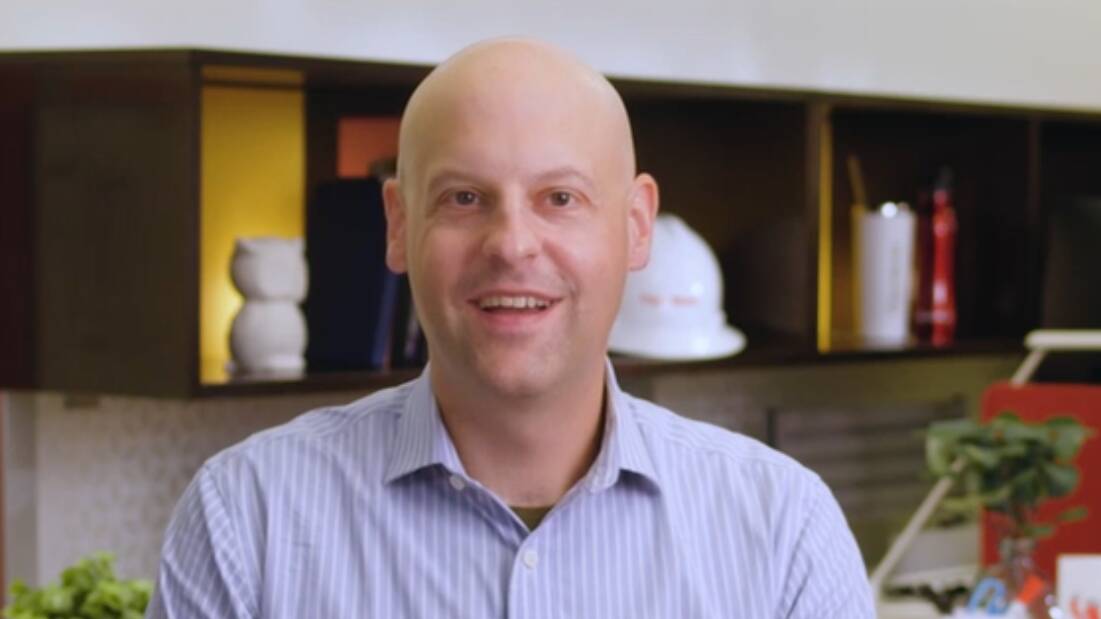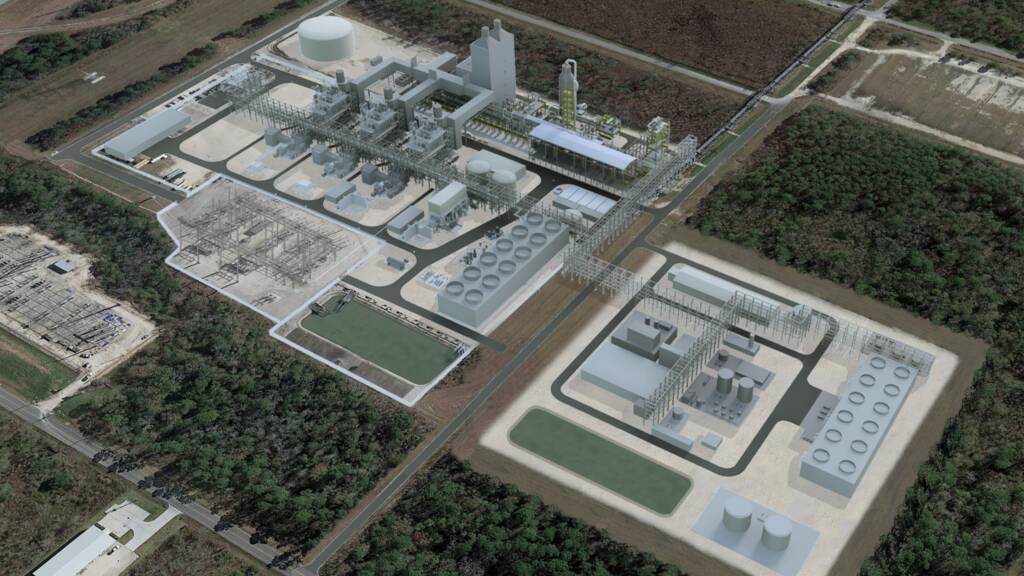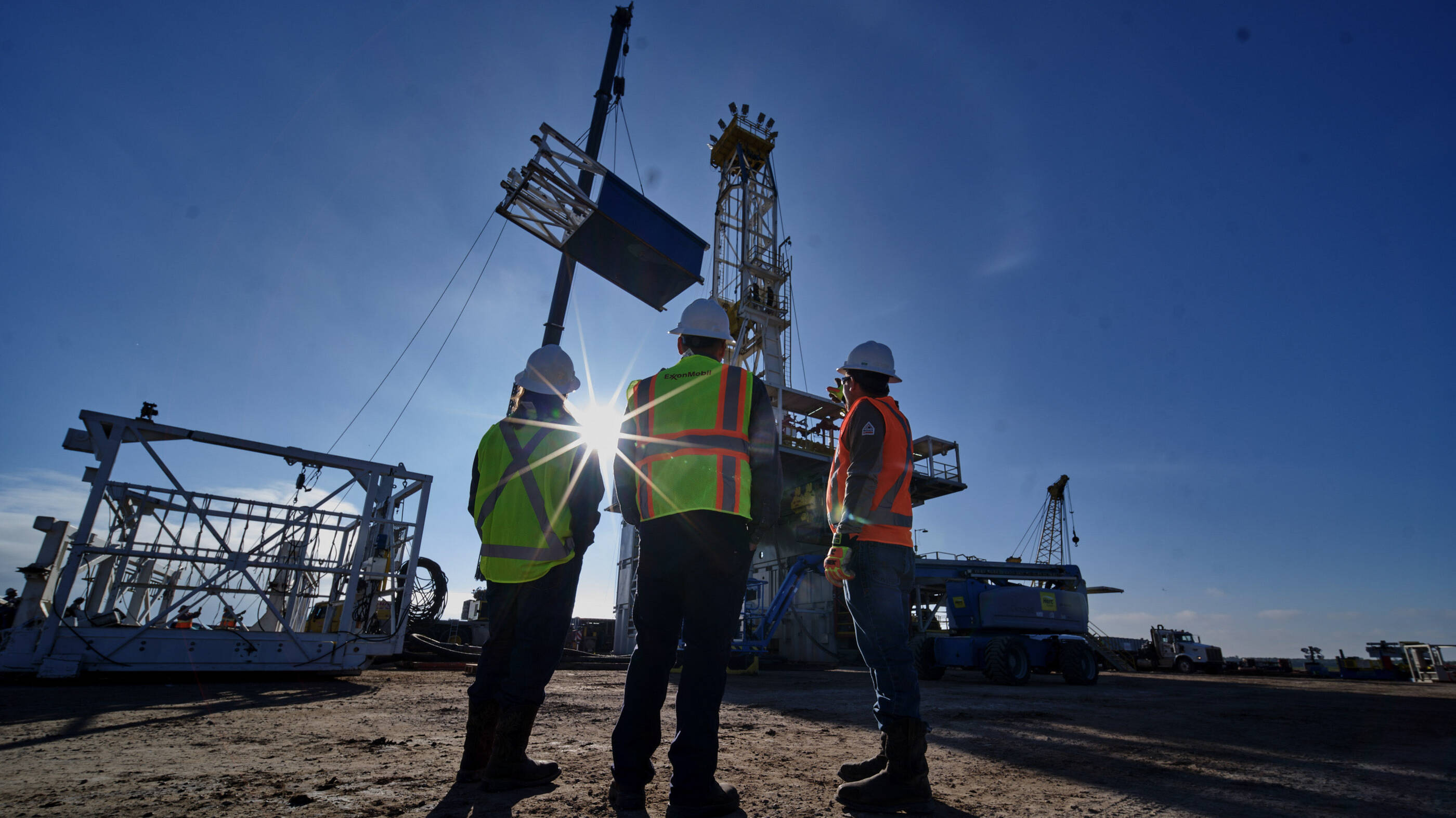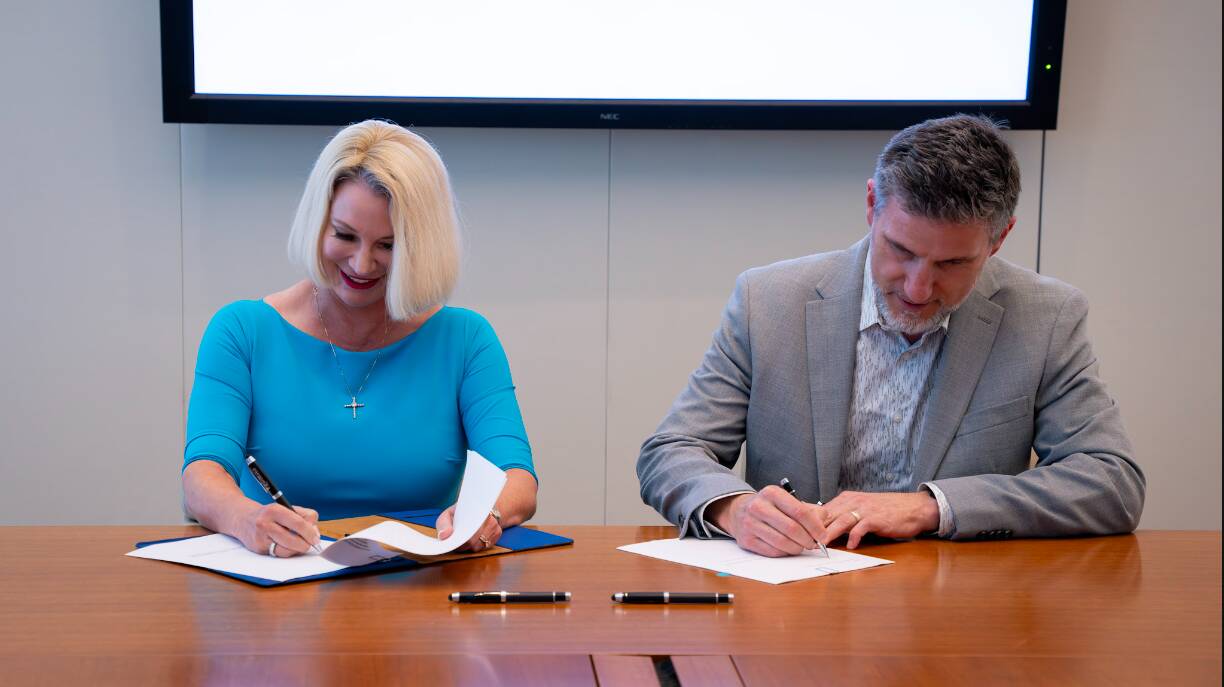selected item

What is carbon capture and storage?
Capture
The idea of capturing CO2 emissions before they hit the atmosphere may seem like a futuristic solution, but the technology exists and continues to mature.
ExxonMobil is a global leader in carbon capture and storage. It was the first company to capture more than 120 million metric tons of CO2 through CCS, which is equivalent to removing the annual emissions of more than 25 million cars.
The company’s scientists and engineers are working with outside collaborators to scale CCS to help capture CO2 from the natural gas used to power heavy industrial sites. Only 4% of the exhaust from natural gas turbines is made up of CO2, meaning it’s incredibly difficult to capture.
CCS is vital because it’s one of the few proven technologies that that can help decarbonize energy-intensive industries and lower emissions to levels required to meet the world’s climate targets in the Paris Agreement. While renewables will also play a role, they are considered intermittent energy sources and may not be able to always keep up with the high energy demand required to manufacture products like concrete or steel.
ExxonMobil is also conducting early-stage research on two additional CCS technologies. One is using a fuel cell to capture emissions before they are released from a natural gas-fired power plant or an industrial facility. The other, known as direct air capture, aims to capture CO2 emissions directly from the atmosphere.
At scale, CCS could help reduce emissions from hard-to-decarbonize industries like manufacturing and power generation. Combined, these two sectors account for approximately two-thirds of the world’s energy-related emissions.
Once captured, the next step is to transport the CO2 underground, and store it safely, securely and permanently.
Storage
Storing CO2 is a complex undertaking that requires some of the same expertise ExxonMobil deploys to produce and supply the world with energy – in particular, the understanding of geologic formations. In the case of CCS, the company’s geologists identify underground sites in which to store the captured CO2 molecules.
CO2 can be safely stored in underground natural, porous rock formations. The United States Department of Energy estimates there is at least 2.4 trillion metric tons of CO2 storage capacity in saline formations and depleted oil and gas reservoirs across the country. That underground capacity is large enough to permanently put away hundreds of years’ worth of CO2.
In the Gulf of Mexico alone, a prolific oil and gas producing region, reservoirs underneath the seabed could hold an estimated 500 billion metric tons of CO2 – the equivalent of 130 years’ worth of U.S. industrial and power generation emissions.
One way to streamline the capture, transportation and storage of industrial CO2 emissions is through multiuser CCS hubs in places like Houston. This type of collaborative effort would capture emissions from ExxonMobil and other participating companies operating in the area. By 2040, the hub could store about 100 million metric tons of CO2 annually in secure geological formations.
The hub could act as a blueprint for other industrial areas across the U.S. and around the world.
Capturing and then safely storing the world’s industrial CO2 emissions is an ambitious endeavor, but it’s critical in helping to address the impact of climate change. ExxonMobil will continue doing its part to advance CCS and other emission-reduction technologies that could put the world on the right path toward a lower-emissions energy future.
Explore more

Capture it. Move it. Store it: Three steps for reducing CO2 emissions
- Want to learn more about carbon capture and storage (CCS)?
- Clay, Mark and Elizabeth are here to help in a video series.
- They explain how CCS works, why it matters and what makes it safe.
2 min read
• Aug. 12, 2025
How we’re capturing carbon and storing it safely
- In a new video, our Kathleen Ash explains how we’re keeping carbon capture and storage (CCS) safe.
- We have robust systems to safely transport and store captured CO2 emissions.
- We’re committed to protecting the safety of communities in which we operate.
2 min read
• May 5, 2025
Calpine, ExxonMobil sign CO2 transportation and storage agreement for power generation project
- ExxonMobil to transport and store up to 2 million metric tons per year of CO2 from Calpine’s natural gas power generation facility.
- Calpine plans to produce ~500 megawatts of reliable low-carbon electricity, enough to power more than 500,000 homes.
- Project expected to bolster U.S. energy, strengthen industry competitiveness, and create jobs.
2 min read
• April 23, 2025
2024: A breakout year for our carbon capture and storage business
- We’re leading the creation of a new industry.
- 2024 was a big year for our CCS business.
- More milestones are ahead in 2025.
3 min read
• Jan. 9, 2025
Steel, ammonia and AI? Oh my! What can’t our CCS help decarbonize?
- We’re scaling up carbon capture and storage (CCS) technology.
- We’re leading the way in helping U.S. industries use CCS to meet demand for lower-carbon products.
- Next up: We’re working to expand our customers to include data centers to support AI growth.
4 min read
• Dec. 11, 2024
ExxonMobil secures largest CO2 offshore storage site in the U.S.
- ExxonMobil has secured access to over 271,000-acres in Texas state waters; ideal for CO2 storage
- Agreement will directly benefit the Texas Permanent School Fund
- Latest example of ExxonMobil’s leadership in building a carbon capture industry in the U.S.
3 min read
• Oct. 10, 2024